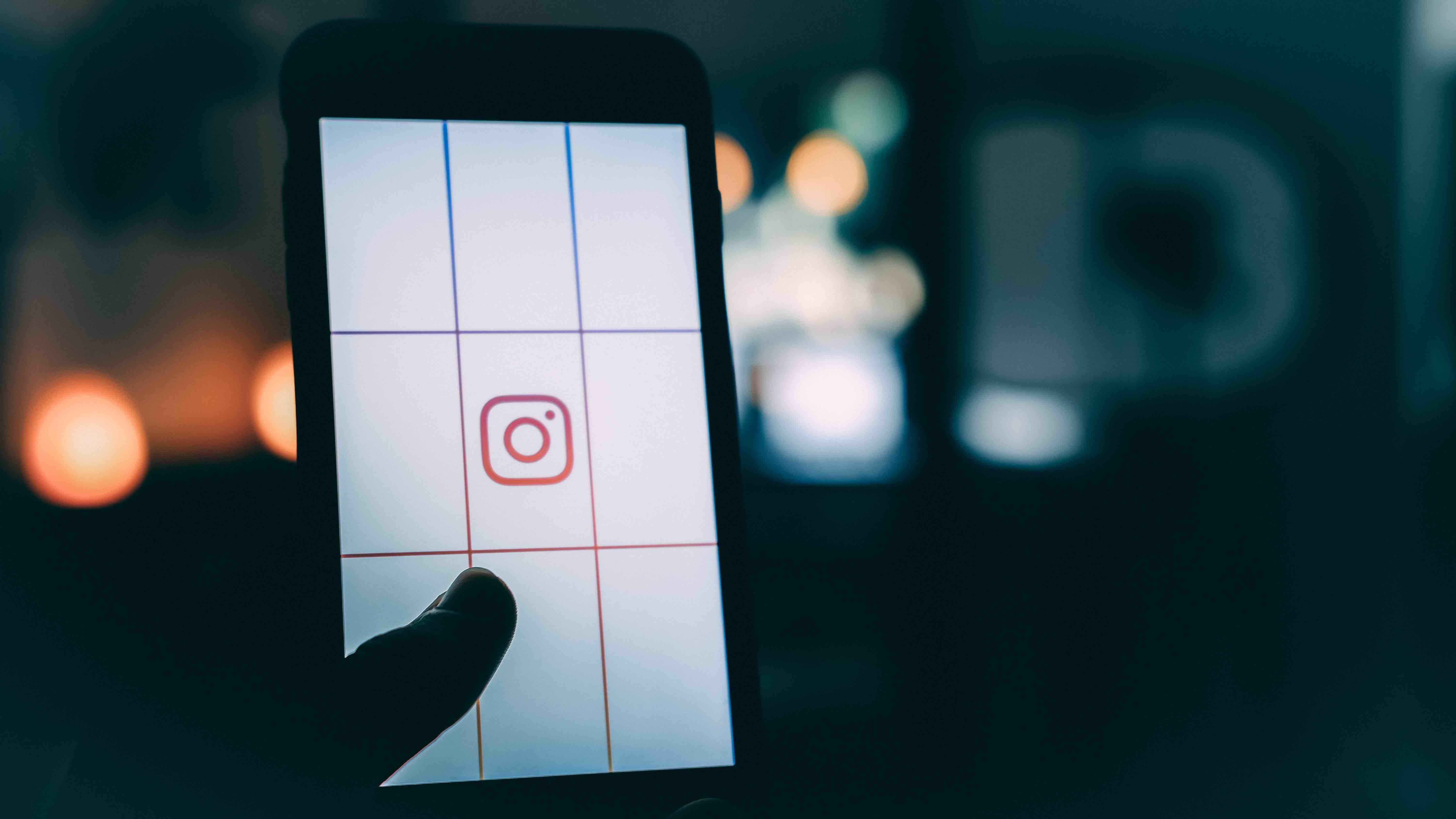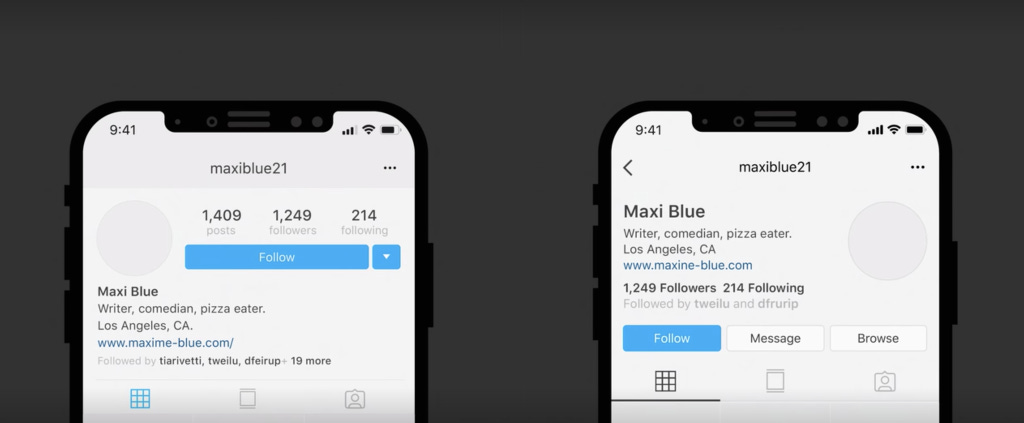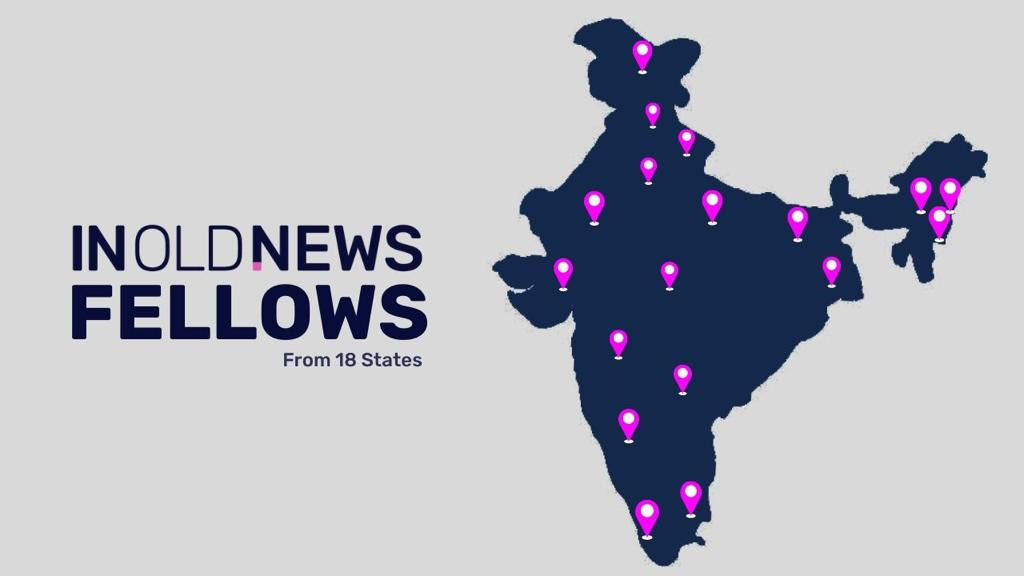It’s been a year since Instagram has been claiming to work strategically and in a phased manner to hide likes from the public profiles on Instagram. While this shift substantially changes how we navigate this world, it’s a step social media giants say will combat the unhealthy competitiveness that pushes profiles to be more inclined towards gathering numbers than having a meaningful interaction. Instagram has been on a cleaning spree since early 2018 when it came cracking down on third-party apps that were supplying fake followers and engagement to boost numbers to inflate their market value. In a more recent addition to this thread of changes, the platform is bringing down bots by reviewing and IDing profiles. Some reports even speculated that 95 million accounts in 2018 on Instagram were bots.

The disappearance of likes from public profiles seems to have evoked a more positive reaction than any backlash. The move was supported by the likes of CardiB and Kim Kardashian West agreeing it will be great for our collective mental health.
Why Do People Think Removing the Likes Counter is a Great Idea?
1. Improved mental health:
It’s the platform’s top reason for getting rid of likes (the like counter will still be visible to the account holder but will be hidden from visitors/followers). A Washington Post article documented that people—especially teenagers--often delete their posted content for the lack of likes. Or feel pressured to achieve a certain number (likes and comments) so other visitors can take their posts seriously. In theory, no visible likes would remove the unsaid rat race, making this channel a safer space.
2. More positivity than negativity:
We often ration our likes even though it costs us nothing. Every user goes by a personal standard while scrolling through Instagram and double taps on the heart only when the personal standard is met or crossed. This is often influenced by the existing number of visible likes. Some people believe that if you don’t know how many people have already appreciated (liked) a piece of content, you would be more likely to spread positivity than being a troll.
3. Community building over gaining numbers:
In an ideal world, no likes counter means less pressure to post clickbait to achieve bigger numbers. Instagram hopes this will push pages to create content that connects and engages people more. And hence builds a community instead of just creating a marketplace. Thus, incentivising more personal touch versus a dry business approach.
But We’re Not There Yet
Instagram has known for years that follower counts and likes put a lot of social pressure on users of the platform. This was all revealed in an episode of Abstract: The Art of Design on Netflix released in September 2019. The episode focused on Ian Spalter, who was Instagram’s Head of Design at the time (he now heads Instagram Japan).
Towards the end of the episode, we see Ian and his team consider de-prioritising the follower count on Instagram profile pages. One member of his team says, “When we talked to people about their profile, we got feedback that they didn't necessarily like the numbers at the top of the profile that said how many followers you have and how many people are you following. Because they felt some sort of social pressure.”

(Pic: On the left, Instagram’s current design. On the right, the proposed change that would make the follower count font size much smaller. The screenshot is taken from Abstract: The Art of Design, Season 2, Episode 5)
Instagram is yet to make this change.
But, Instagram doesn’t just factor the individuals using their platform into their decisions. They know they have to answer to advertisers, businesses and marketers.
“Making large changes to a big platform is always going to be uncomfortable,” Ian said in the documentary. “And so, you have to make sure you're not making completely emotional decisions."
How Will It Impact the Likes of Influencers, Journalists and Newsrooms?
The validity of follower count has been in question as fake profiles and bots infested Instagram. So, brands have been relying heavily on the consistency of likes on posts to pick a profile to work with. But with that metric gone, companies will have no choice but to prioritise what they consider to be quality content.
It has already started bringing about a shift. Brands, as they become more conscious, are focusing to collaborate with profiles that are more in sync with the product than being just popular. Which has given rise to micro-influencers, who may not have a six-digit follower count but can engage more with their audience.
Will this give a long due push to talent over clutter? Will this attempt to clean up past mistakes lead to a safer, more congenial platform for content creators? Facebook and Instagram have grappled with a lot of conversation surrounding mental health and user privacy. But if we’re really headed in the right direction, we’ll have to wait and watch.

Finding free, creative commons audio files and music can be tricky. But there are a lot of resources online.
At the beginning of the lockdown, BBC launched a bunch of newsroom images to add a background on Zoom calls, and more recently, they just opened up access to their searchable bank of thousands of audio clips. While you're free to use the clips for purposes like education, it's a good practice to check the rights for every visual/sound when using it in a project. And if you need music for your video/podcast, you might have better luck at the YouTube Audio Library or Facebook Creator studio. And if you need something more organised, check out audiio.com or Motion Array.
Many video journalists consider the addition of sound effects (like the sound of traffic, or the sound of animals in the background) to be misleading. Because it can influence the audience’s perception of a real-life event or the ambience of a specific location. These ethical concerns might not apply in works such as animated videos, where it’s clear to the audience that the sounds added are not in fact the sounds that the animated characters are making. Other journalists address this potential concern by adding disclaimers, like “representative audio” or “representative visuals”.
While good sound design can really elevate the narrative of a story, it can also colour someone's perception: negatively or positively. That's why some of the earliest documentary makers refused to add any music to their work. If you like geeking out on discussions of ethical dilemmas like these, we recommend reading this piece in CJR about the latest documentaries popping up all over streaming services.

Thank you for a whopping response. We received more than 300 applications for the Mobile Journalism Fellowship from all across India. We are happy to announce that fellows from 18 states made it to our final list. They'll be hearing from us soon. Here’s where our fellows are based:

ABOUT THIS NEWSLETTER
This newsletter is an attempt to keep up and share all the latest and greatest stories in media and how they get done. Read about it here: About In Old News-Letter
And if you were forwarded this newsletter, here’s how you can sign up to get the latest editions as they come out!
